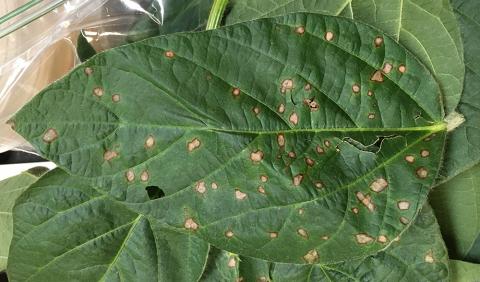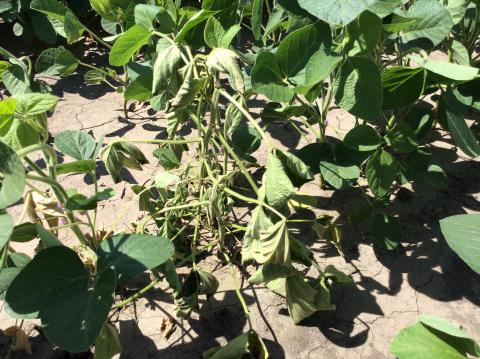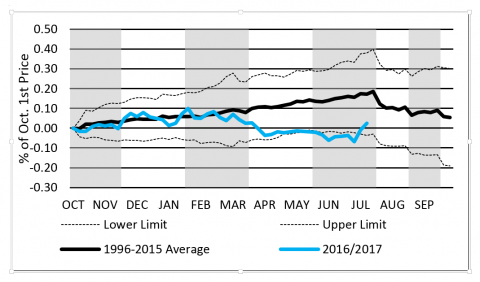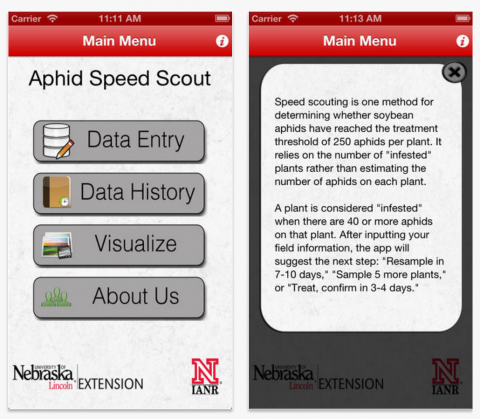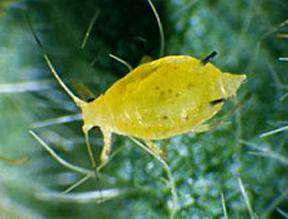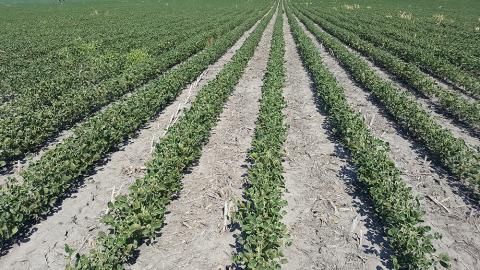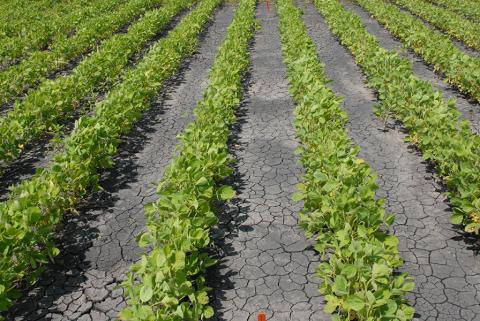Frogeye Leaf Spot in Soybeans in Eastern Nebraska
July 27, 2017
Frogeye leaf spot is occurring in Nebraska soybeans, particularly in the eastern third of the state. While some fields have minor levels, some have significant levels and a fungicide treatment may be needed.
Phytophthora Root and Stem Rot Developing in Soybeans
July 27, 2017
As conditions heated up the last two weeks, the fungus causing phytophthora root and stem rot became active in irrigated fields and those fields that received significant rain over the past couple weeks. Growers are encouraged to scout for this disease and, if found, manage through seed selection and treatment for the next crop.
Estimating Soybean Leaf Defoliation
July 26, 2017
Growers are reporting finding painted lady caterpillars and silver spotted skipper caterpillars in soybeans. This guide can help estimate leaf defoliation in soybean, key to determining whether treatment is necessary.
Soybean Marketing: Preparing for the August WASDE Report
July 18, 2017
Mid- to late-summer price expectations and marketing strategies for old crop and new crop soybeans in light of the August WASDE report.
Soybean Aphid Scouting and Management
July 15, 2020
The current economic threshold for soybean aphids is 250 aphids per plant with 80% of the plant infested and populations increasing. The article discusses the basis for this threshold and two scouting methods, including a speed scouting app, and management guidelines.
Although at Low Levels, Soybean Aphids Are in Northeast Nebraska
July 15, 2020
The infestations appear to have occurred recently, as the aphids were only observed on leaves that had not yet expanded completely. The economic threshold for late vegetative through R5 stage soybeans is 250 aphids per plant with 80% of the plants infested and populations increasing.
Dicamba Injury Reports Rise in Nebraska
July 18, 2017
Reports of suspected dicamba injury to soybean and other sensitive crops are increasing. The author reviews application windows for dicamba in corn, a possible area of concern, and outlines what growers can do if they suspect dicamba injury in their fields.
Liberty Label Revision Allows Rate Increase
July 13, 2017
Liberty has revised its label to provide for an increased application rate in corn and soybean. View the new label rates for corn and soybean with a cumulative maximum per year of 87 fl oz/acre for either crop.
